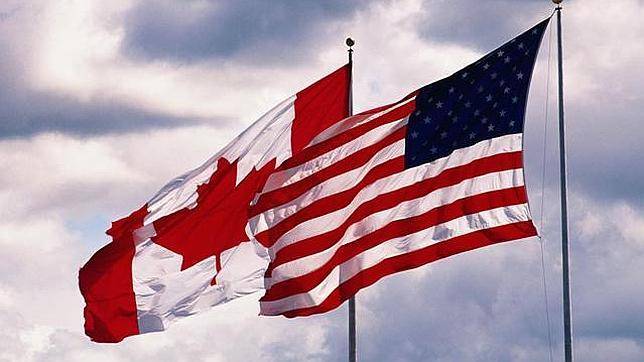U.S. Wine Exports to Canada Plunge 82% as Tariffs Reshape $2.8 Billion Market
2025-10-30
Chilean, New Zealand, and French wines surge while Canadian export figures spark questions over production and re-exports

The sharp decline in U.S. wine exports to Canada is reshaping the North American wine trade. Between February and August 2025, American wine sales to Canada dropped by 82.2% in value and 60.8% in volume compared to the same period last year, according to data compiled by Del Rey AWM. This decrease represents a loss of 257 million Canadian dollars in just seven months. The main cause is the new tariffs imposed by the Trump administration at the start of the year, which have led to increased tensions between the two countries.
Despite this drop, Canadian wine consumption remains strong, with annual demand exceeding five million hectoliters. Canada relies heavily on imports to meet this demand, as its domestic production is only about 0.7 million hectoliters per year. On average, Canada imports around 4.1 million hectoliters of wine annually, valued at approximately 2.8 billion Canadian dollars—a figure that has grown by more than 16% since 2017.
With American wines becoming more expensive and less available due to tariffs and political uncertainty, Canadian importers and consumers have turned to other international suppliers. Chile, New Zealand, and France have emerged as the main beneficiaries of this shift. Chile increased its exports to Canada by 22% in value and nearly 38% in volume during the first seven months of 2025. New Zealand saw a 31% rise in value and a 42% jump in volume, while France consolidated its position as a leading supplier with a 19% increase in value.
Italy and Spain also took advantage of the changing market conditions, posting gains of 9% and 16% respectively in export volumes to Canada. The result is a more competitive and diverse market, with Canadian consumers showing growing interest in wines from Europe and the Southern Hemisphere.
At the same time, there are questions about Canada’s own role as a wine exporter. Despite its limited production, Canada exports about two million hectoliters of wine each year—almost all of it going to the United States and mostly shipped in bulk. This has raised concerns among analysts because official figures suggest that Canada exports more wine than it produces domestically. The most widely accepted explanation is that some of these exports are actually re-exports or industrial blends made possible by logistical and tax agreements with the United States. The International Organization of Vine and Wine (OIV) has noted inconsistencies in Canadian export statistics related to the true origin and destination of certain shipments.
The price landscape has also changed significantly. While total import volumes fell slightly—from about 4.1 million hectoliters to between 3.7 and 3.9 million—the overall value of imports continued to rise due to higher average prices per liter. The average price climbed from 5.84 Canadian dollars per liter in 2017 to 7.33 dollars in 2025, an increase of about 25%. This trend reflects both global inflation affecting logistics and supplies, as well as a shift among Canadian consumers toward higher-quality wines from established regions like France, Italy, and New Zealand.
Bottled still wines remain the most dynamic segment, accounting for two-thirds of total imports and nearly all (95%) of their commercial value. Bulk wine makes up only about 4% of import value but still plays a strategic role due to its volume.
Canadian wine exports have also been affected by trade tensions with the United States. From February to August this year, Canadian wine exports—almost entirely destined for the U.S.—fell by nearly 23% in volume and almost 7% in value compared to last year. The average price for exported Canadian wine remains low at just $0.65 per liter, reflecting its status as bulk product.
The rapid changes in Canada’s wine trade highlight how quickly global markets can adapt when political or economic factors disrupt established patterns. As U.S. wines lose ground due to tariffs and trade disputes, other countries are moving quickly to fill the gap left behind. For now, Chile, New Zealand, France, Italy, and Spain are strengthening their positions in one of the world’s most dynamic import markets for wine.
Canada’s unique situation—as both a major importer and an exporter whose numbers raise questions—adds another layer of complexity for industry observers tracking global flows of wine. As long as demand remains high and consumers continue seeking quality products from abroad, Canada will remain a key battleground for international wine producers looking for growth opportunities outside their home markets.
Founded in 2007, Vinetur® is a registered trademark of VGSC S.L. with a long history in the wine industry.
VGSC, S.L. with VAT number B70255591 is a spanish company legally registered in the Commercial Register of the city of Santiago de Compostela, with registration number: Bulletin 181, Reference 356049 in Volume 13, Page 107, Section 6, Sheet 45028, Entry 2.
Email: contact@vinetur.com
Headquarters and offices located in Vilagarcia de Arousa, Spain.